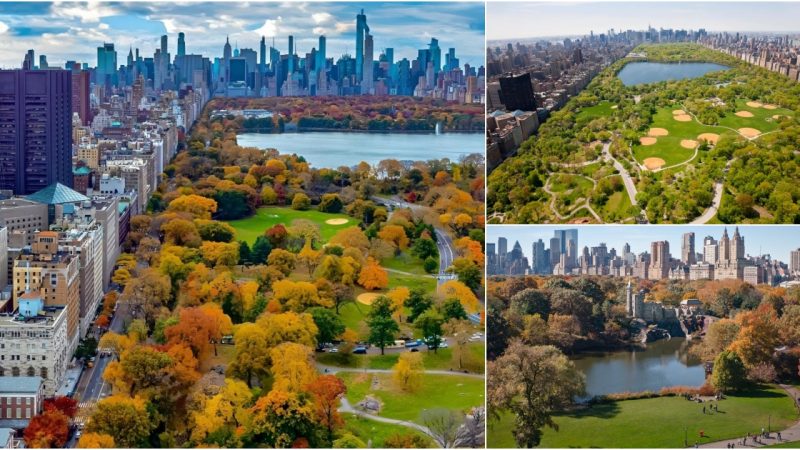The Canals of Amsterdam: A Captivating Network of Waterways
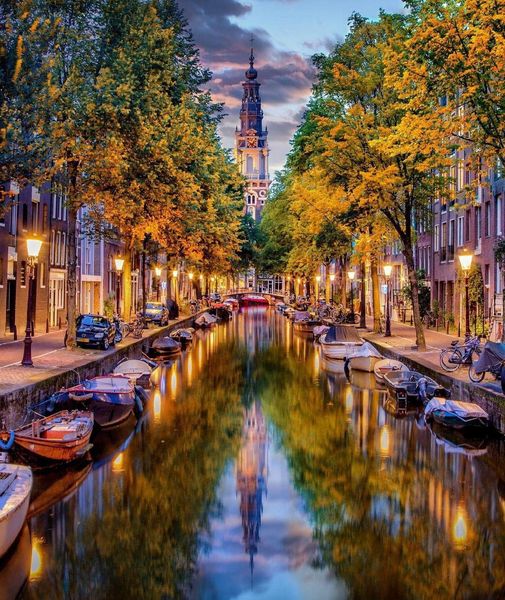
Amsterdam, the capital city of the Netherlands, is renowned for its intricate network of canals, which have played a significant role in shaping the city’s identity and charm. With over 100 kilometers of canals, Amsterdam’s waterways are not only a functional transportation system but also a symbol of the city’s rich history and architectural beauty.
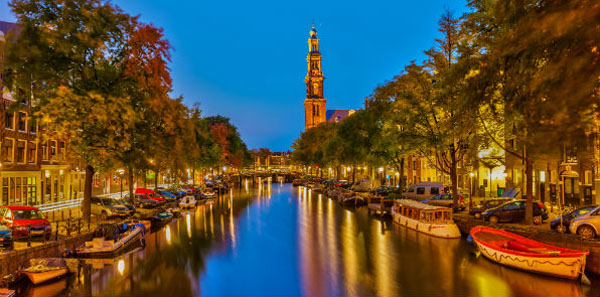
The canals of Amsterdam were initially constructed during the 17th century, known as the Dutch Golden Age, when the city experienced tremendous economic and cultural growth. The purpose of building the canals was primarily for trade, transportation, and water management. However, over time, they became an integral part of the city’s landscape and a defining feature of Amsterdam’s character.
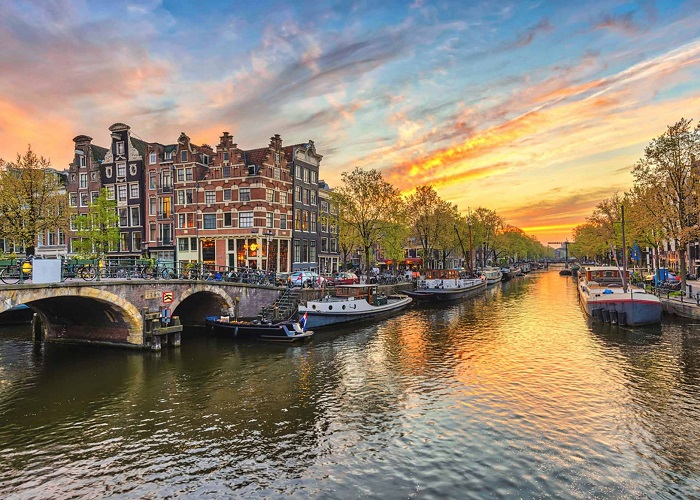
There are four main canals that form concentric belts, known as the Grachtengordel, which translates to “canal belt.” These canals are the Singel, Herengracht, Keizersgracht, and Prinsengracht. Together, they create a semi-circular pattern around the city center, enclosing the historic district and its stunning architecture.
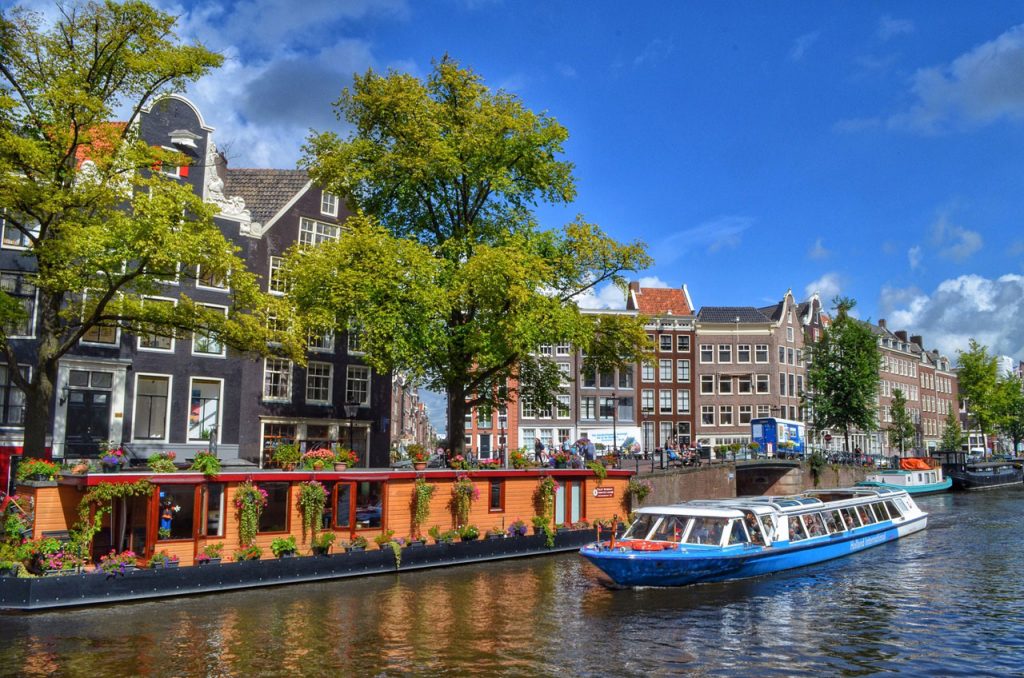
The Singel, the innermost canal, was originally constructed as a moat for the city’s defense. Today, it is a picturesque waterway lined with charming houseboats and picturesque canal houses. Walking along the Singel offers a tranquil escape from the bustling city, with beautiful views and hidden gardens to discover.
Moving outwards, the Herengracht, which means “Lords’ Canal,” is a grand waterway flanked by elegant mansions and stately buildings. This canal was traditionally the residence of wealthy merchants and city officials, and its architectural splendor reflects their status and prosperity.
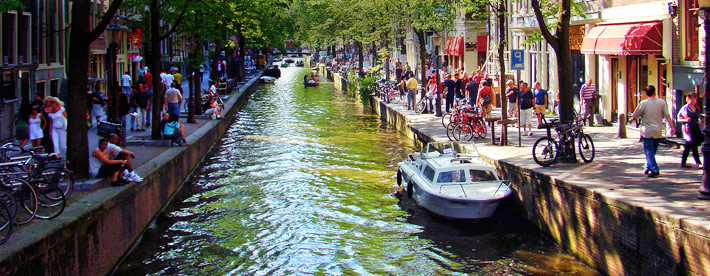
The Keizersgracht, or “Emperor’s Canal,” derives its name from Emperor Maximilian I, who granted permission for its construction. This canal showcases a mix of architectural styles, from classic Dutch Renaissance to Baroque, and it is home to several notable landmarks, including the Westerkerk and the Anne Frank House.
The Prinsengracht, meaning “Prince’s Canal,” is the outermost of the four main canals. It is named after the Dutch royal family, emphasizing their historical connection to the city. The Prinsengracht is famous for its lively atmosphere, lined with cafes, restaurants, and trendy shops. It is also home to the renowned Noordermarkt, a vibrant market where locals and tourists alike gather to shop for fresh produce and unique treasures.
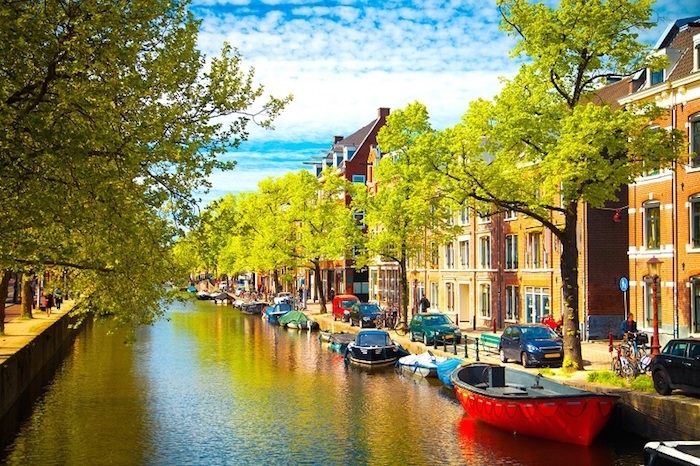
Exploring Amsterdam’s canals is best done by boat, and there are various options available. Taking a guided canal cruise allows visitors to learn about the city’s history, architecture, and hidden stories while enjoying panoramic views from the water. Alternatively, renting a small electric boat or a pedal-powered canal bike gives visitors the freedom to navigate the canals at their own pace, creating a more intimate and personalized experience.
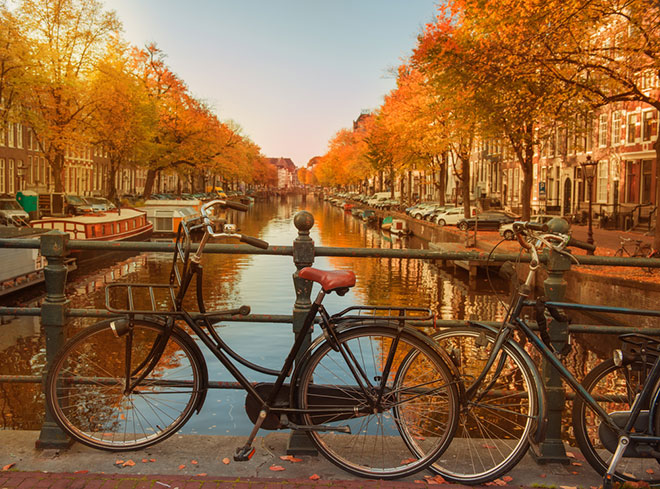
Amsterdam’s canals have been recognized as a UNESCO World Heritage site since 2010, acknowledging their historical and cultural significance. They not only provide a stunning backdrop for the city but also serve as a living testament to Amsterdam’s innovative urban planning and engineering achievements.



